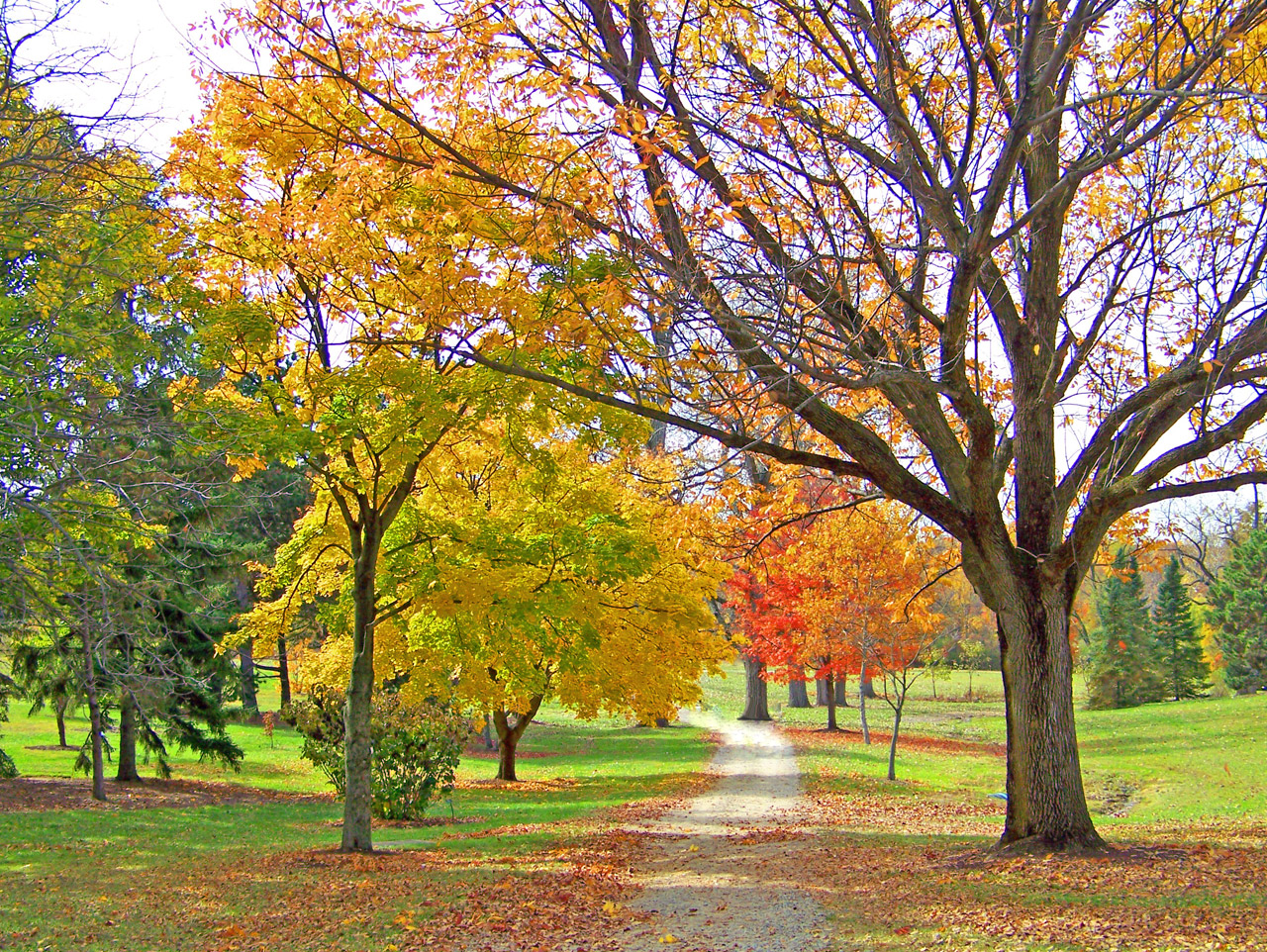Bonsai is the ancient Japanese art of growing miniature trees in containers. The goal is to replicate the look of full-sized trees using specialized growing and pruning techniques. Many tree species can be trained to look like bonsai, both indoors and outdoors. If you want to add some natural beauty to your home or garden without a lot of maintenance, consider growing one of these trees that look like bonsai.
What Makes a Tree Look Like a Bonsai?
Certain characteristics give trees that bonsai look. These include:
- Small leaves, needles, or leaflets
- Twisting, tapering trunks
- Compact growth habit
- Ability to tolerate heavy pruning
- Slow growth rate
Trees with these attributes are ideal candidates for growing as bonsai specimens. They respond well to pruning, wiring, and other training techniques used to miniaturize and shape them.
Best Outdoor Trees for Bonsai
Growing bonsai outdoors provides the light, space, and seasonal cues trees need to thrive. Some top choices include:
Juniper
- 50+ species to choose from
- Tolerates pruning very well
- Evergreen foliage
- Does not do well indoors
Japanese Maple
- Gorgeous red, orange, or yellow fall foliage
- Requires frequent watering
- Deciduous
Pine
- Hardy and easy to train
- Evergreen needles in bundles of 2-5
- Prefers full sun
Cherry Tree
- Spring blooms and autumn foliage
- Pliable branches good for shaping
- Do best outdoors in summer
Cedar
- Striking ragged bark texture
- Not for beginners, needs expertise
- Evergreen with dense foliage
Azalea
- Profuse spring blooms
- Responds well to pruning
- Evergreen or deciduous
Chinese Elm
- Beautiful exfoliating bark
- Very hardy and forgiving
- Good for beginners
Top Indoor Trees that Look Like Bonsai
Bonsai can also be grown as houseplants if they receive sufficient light from a sunny window Some indoor-friendly options include
Jade Plant
- Fleshy leaves like miniature tree
- Tolerates indoor conditions
- Low maintenance
Ficus
- One of the most popular indoor varieties
- Hardier than other ficus varieties
- Does well in low light
Umbrella Tree
- Dense, glossy foliage with tree-like shape
- Perfect for desks or tabletops
- Filtered light
Ponytail Palm
- Unique bulbous trunk
- Cascade of ponytail-like leaves
- Bright light
Ginseng Ficus
- Aerial roots for aged look
- Very resilient indoor bonsai
- Prefers warm conditions
Dwarf Jade
- Resembles traditional jade but smaller
- Needs direct sun indoors
- Succulent leaves
Unconventional Trees for Unique Bonsai
Part of the appeal of bonsai is creating unique living artworks. Some less common trees that can be shaped into bonsai include:
Bougainvillea
- Vibrant blooms in shades of red, purple, pink
- Needs warm conditions, bright light
- Tropical foliage
Bonsai Fruit Trees
- Crabapple, pomegranate, olive trees
- Produce miniature fruits
- Require full sun
Bald Cypress
- Light green soft foliage
- Likes warm weather
- Deciduous conifer
Bonsai Flowering Shrubs
- Azaleas, camellias, gardenias
- Profuse flowers in spring and summer
- Broadleaf evergreens
Caring for Miniature Tree Varieties
Bonsai trees require specialized care to stay healthy in containers long-term. Some key tips:
- Use bonsai soil mix
- Water correctly for each species
- Give proper sun exposure
- Prune and train branches
- Protect from frost and freezing
- Repot every 2-3 years
Proper selection of trees adapted to container growing along with the right care will allow you to enjoy these living miniatures for many years. Adding plants that look like bonsai to your indoor or outdoor space is an easy way to incorporate serene Japanese style into your home decor.

Broadleaf evergreen tree species
Tree species that never lose all of their leaves at a single time, though they do shed their leaves gradually throughout the year. We have 45 guides available in this category.
Tree species that shed leaves in fall or in the dry season. We have 49 guides available in this category.
Tree species with needle or scale-like foliage. We have 16 guides available in this category.
Find your tree species
We categorized the tree species into Broadleaf evergreen (leaves year-round), Deciduous (sheds leaves in fall) and Conifers (with needles or scale-like foliage). If you need more help, try our Identify my Bonsai guide.
Bonsai trees for Beginners
FAQ
What kind of tree looks like a bonsai tree?
Juniperus is a large genus of over 50 evergreen coniferous trees and shrubs that are popular as bonsai trees. All species of juniper can be successfully grown as bonsai. Juniper’s small foliage fits nicely with the miniature aesthetic of bonsai, and they are hardy trees that can withstand aggressive pruning.
What is the rule of 3 in bonsai?
The basic application of the Rule of 3 in bonsai creates a primary triangular silhouette defining the tree’s structural framework. This triangle is formed by positioning the apex branch at the highest point and two major side branches at roughly one-third the tree’s total height, establishing the triangle’s vertices.
What is the air plant that resembles a bonsai tree?
tillandsia ionantha. Tillandsia ionantha is a bromelide native to Central America and as an epiphytic plant is among the most fascinating of all tropicals because it does not require soil to grow. Because there is no soil, watering is, in the main, via humidity.
What are those miniature trees called?
Bonsai is known for its small size, but the effort to miniaturize trees is sometimes taken to the extreme. The results are tiny little trees (called Mame Bonsai, or Mini Bonsai). In this article we show you our top 10 of the smallest Bonsai trees.
